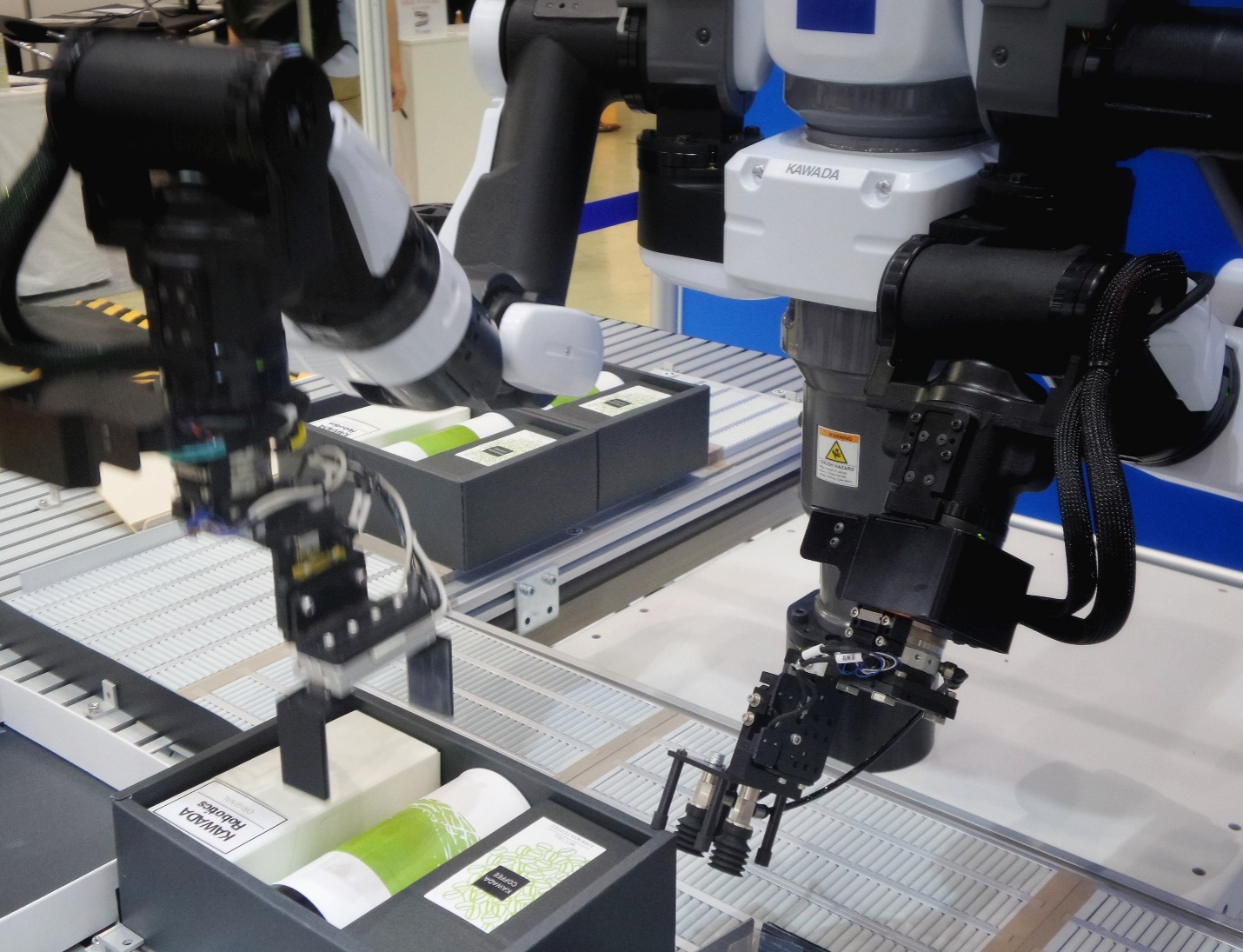Water-based polyurethane products, like paint, wood coatings, textiles, synthetic leather, are gaining attention from many environmentally-friendly movements. They are known for producing coatings that are not only water-resistant but also corrosion-resistant and form a strong protective film around the surface they are applied.
What is Waterborne Polyurethane
Waterborne polyurethane is a growing segment of the polyurethane industry due to its various properties. The worldwide concerns for a safe environment have tilted your attention to waterborne polyurethane products. They are an excellent substitute for solvent-based polyurethane.
Instead of oil, the water-based alternative uses water as a medium which makes it eco-friendly as it does not emit any VOC in the air. Coating your hardwood floor or furniture with a water-based counterpart will not degrade your indoor air quality. WBPU is non-toxic and non-flammable which makes it easy to handle and apply. Unlike solvent-based, it is not hazardous to health.
Waterborne polyurethane products have two components and together they form a stable colloid.
Cationic Waterborne Polyurethanes
There are different types of internal emulsifiers used for the synthesis of waterborne polyurethane: Ionic and non-ionic. The ionic is further categorized into anionic and cationic polyurethane.
In the case of cationic emulsifiers, tertiary amines are used for making salts. The cationic group ensures that waterborne polyurethane self emulsifies on the main chain of cationic waterborne polyurethane (CWPU). With CPWU, elasticity and stability were improved in PUDs products.
CWPU has good hydrophilicity as it establishes a positive charge on the chain. It has a low solid content, good film formation, and strong stability. However, hydrophilicity reduces the waterborne polyurethane products water-resistant and has poor solvent resistant. The drying process becomes really slow as the water vapors are not easily evaporated. Studies suggest that water-resistant can be improved by structural modifications.
The linear structure also degrades its mechanical and breathability properties.
The structure and properties make cationic waterborne polyurethane a good substitute for bonding furniture, automotive parts, and foams.
Anionic Waterborne Polyurethane
An anionic emulsifier usually incorporates carboxylic or sulfonated acids in the polyurethane chain. It is the hydrophobic side of the chain and contains high solid content. An anionic substrate gives soft and smooth textures to cashmere which is used in different accessories. Its hydrophobic properties make anionic substrates the perfect component for adhesives, leather, coatings, and construction materials. It gives PUD products thermal stability, optical, static, and mechanical properties. The waterborne polyurethane products are anti-corrosive due to the presence of the anionic chain.
SIWO-US is a leading research based waterborne polyurethane company. They specialize in manufacturing PUDs products and leather waterborne polyurethanes which are eco-friendly and non-toxic.
Contact them for more information.









Leave A Comment